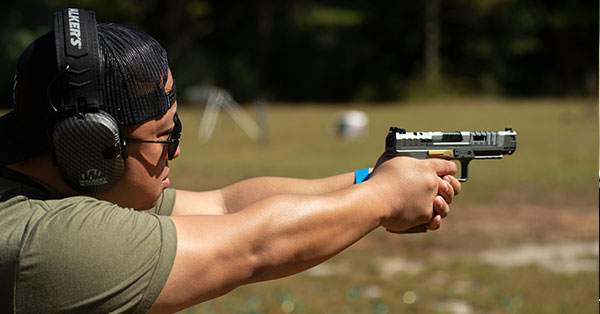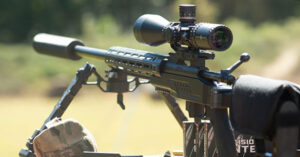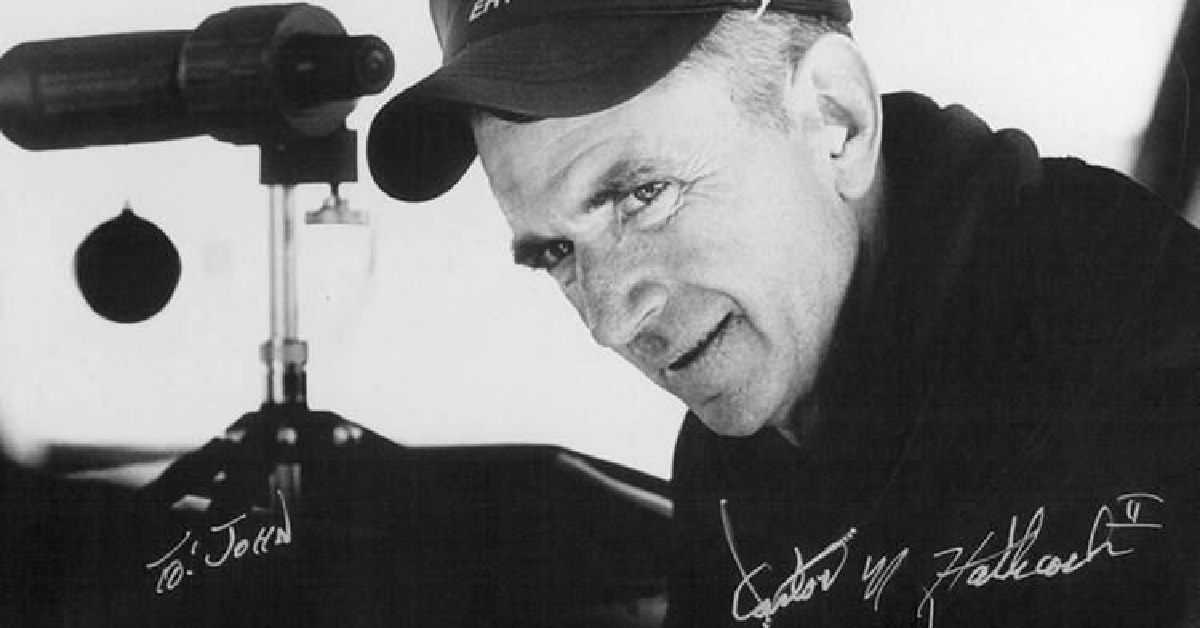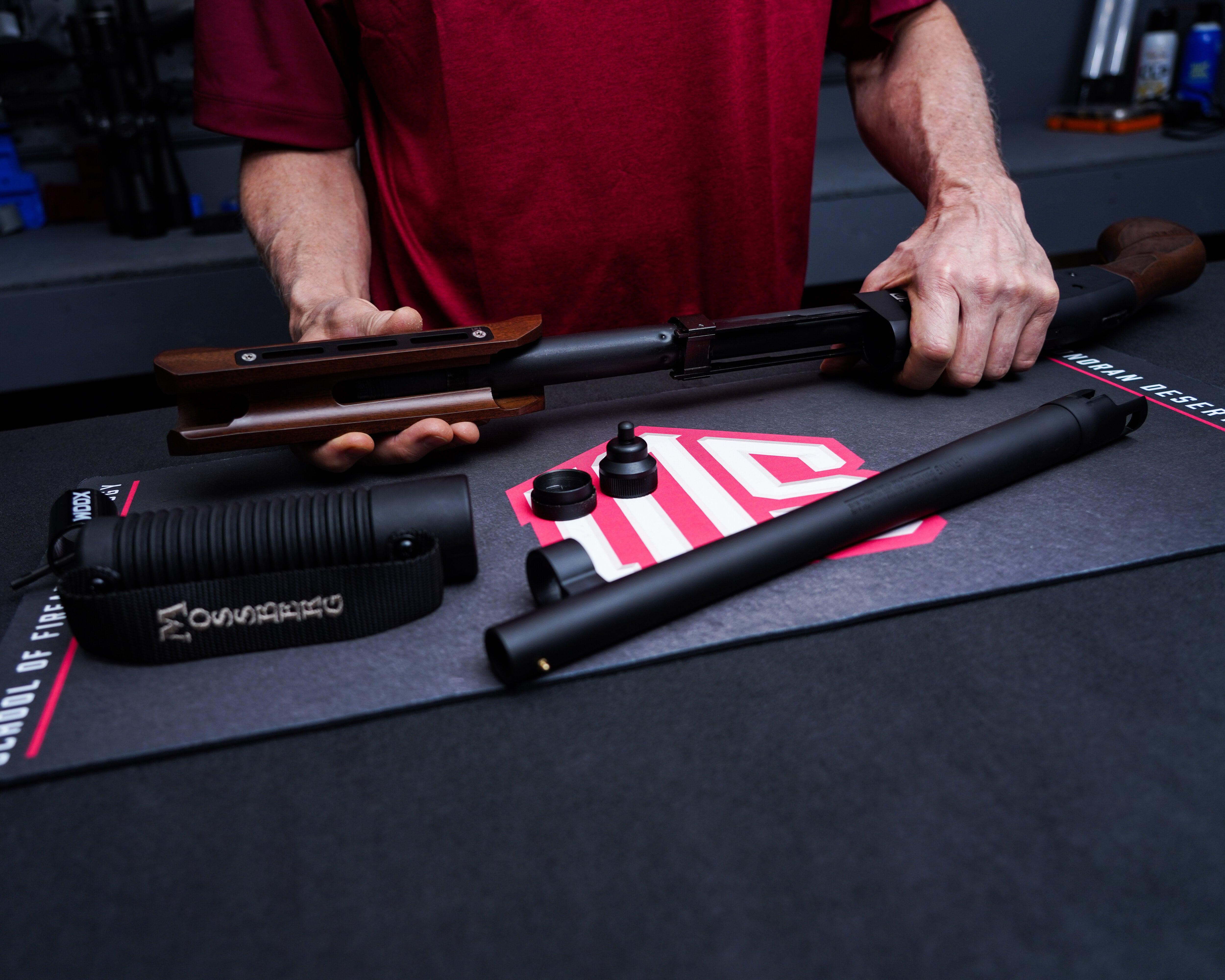
Ask any shooter how they confirm their zero, and you’ll get a variety of answers. Some swear by the classic three-shot group. Others insist on five, ten, or even more.
But does it really matter?
Yes—it absolutely does.
Whether you’re zeroing an optic for the first time or checking your zero over time, the number of rounds you fire can impact your results. A small group might look good on paper, but is it truly representative of where your shots will land consistently?
That’s where five-shot groups come in.
Why Three Shots Might Not Be Enough
Let’s break it down with an example.
You’re shooting at 25 yards with a pistol, resting the firearm to eliminate movement. You fire three rounds and see a tight group in the center of the target. Everything looks solid—you might think your zero is dialed in.
But what happens if you fire two more rounds?
Those extra shots could reveal inconsistencies in your shooting or in the firearm itself. Maybe two of your shots land off to the right, expanding the group size. That changes things, doesn’t it?
Suddenly, you have to ask:
- Are those stray shots just flyers—or part of a repeatable pattern?
- Is this the true accuracy capability of my firearm?
- Is my optic actually dialed in—or am I off and don’t know it?
Stopping at three shots might give you a false sense of precision. That’s a risk—especially in competitive or defensive shooting environments.
Five Shots Reveal the Bigger Picture
Shooting five-round groups helps confirm whether your adjustments are accurate or if you’re just getting lucky with a small sample size. It also helps identify shooter-induced errors—like grip inconsistencies, flinches, or changes in trigger pull—that could skew results in a three-shot group.
For example:
If you fire four separate five-shot groups and all of them show a slight rightward drift, that’s a clear indicator—you probably need a leftward adjustment.
If you only fired one three-shot group, that trend might go unnoticed.
Balancing Ammo Costs with Good Data
Let’s be real—ammo isn’t cheap. If you’re zeroing a high-caliber rifle or using defensive rounds, burning through 20–30 rounds just to confirm your zero might not be practical.
Here are a few ways to balance precision with efficiency:
- Shoot a single five-shot group instead of multiple three-shot groups
- Track trends across multiple range sessions instead of all at once
- Dry fire and improve grip consistency before live-fire zeroing
The goal isn’t just to shoot more rounds. It’s to get better data from the rounds you do shoot.

Final Thoughts: Confirm Your Zero with Confidence
At the end of the day, confirming your zero is about consistency and confidence. Whether you shoot three, five, or ten-round groups, the key is making sure your adjustments are based on accurate, repeatable results.
So what’s your method?
Are you a three-shot shooter—or do you go for five or more?
Let us know how you confirm your zero and what works best for you.
Want to sharpen your precision even further?
Learn more about firearms technology, gunsmithing, and even uncrewed systems through SDI’s flexible, online programs.
👉 Explore programs at SDI.edu



